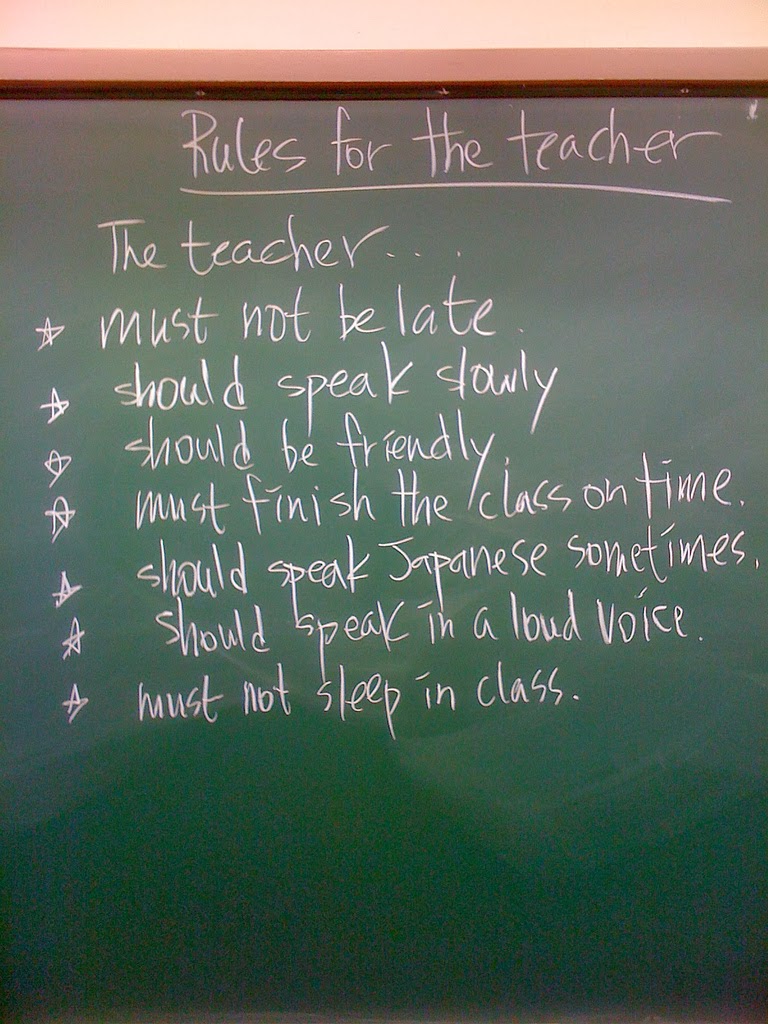One of the most important ministry decisions you will make is which Bible curriculum you will use. There is no perfect one, because they need to be marketable and reach the “average” child. If your ministry serves kids or teens outside of that random norm (which it most probably does), your students may need some things tweaked. Since you still want to have a starting point, what questions do you need to ask and answer before spending valuable resources? Below is a copy of our free Bible Curriculum Evaluation Tool. You can find a printable copy on our website.
There is no perfect Bible curriculum. Master teachers understand any lesson must be adapted to meet the special learning needs of the students in each class. No literature can predict the needs of every possible type of classroom environment and student population. The following guide will allow ministry leaders and Bible class teachers to identify areas in which a particular Bible curriculum may need to be modified to optimize student learning.
Children’s Bible Curriculum
● How many Bible stories will a student be taught over the entire span of the curriculum? There are over 200 Bible stories that can be taught to children. A curriculum covering less than half of those stories over the entire span of the curriculum may leave students with large gaps in their Bible knowledge. In most cases, it is also wise to avoid using a Bible curriculum that teaches the same basic Bible story over a period of several consecutive weeks. (A possible exception would be classes for children under three years old.)
● Does each lesson list specific learning objectives? Without learning objectives, teachers and students may be unsure of the application principles and main concepts in the Bible lesson.
● Does each lesson contain scripture references and excerpts? If the authors of the curriculum retell a Bible story, is it faithful to the original text? Added details can change the meaning or the interpretation of the Bible story.
● With what denomination(s) are the writers of the curriculum affiliated? Manmade doctrines are often slipped into explanatory text in a Bible lesson. This subtle teaching often goes unnoticed, but over time can build an inaccurate understanding of scripture in the hearts and minds of students and teachers.
● Do the learning objectives of the lesson, the suggested lesson text and the activities help students understand the application principle(s) contained in the Bible story? Understanding the facts of a Bible story is important. Knowing facts without understanding what God wants us to learn from the story, leaves students without essential information.
● Are interesting facts about culture, history and/or archaeological discoveries included where appropriate? This extra information can make the lesson more understandable, interesting and faith strengthening.
● Do activities have a meaningful connection to the Bible story or its application? Activities that focus on fun without helping students remember or understand the lesson, add little benefit to students. Students should need to think about the Bible story or its application as they participate in any activity.
● Are activities hands-on, engaging and/or project based? Activities should require students to manipulate objects, move, talk and process what they are taught in the lesson. They should spark student questions and reflection. Activities like worksheets, crossword puzzles, coloring sheets and some crafts require little if any processing of the lesson by students. Students will also often find these more didactic activities to be boring.
● Do the lessons and activities involve all five senses of the students? In general, the more senses students must use during the course of a lesson and activity, the better they will understand and remember it.
● If student questions are provided, do they cover higher levels of thinking beyond remembering facts? In addition to remembering the facts of a lesson, questions should ask students to demonstrate: understanding, the ability to apply what was learned to real life, the ability to analyze using concepts learned and the ability to evaluate and create using the lesson. Not every student will be capable of answering all of these types of questions, but asking them will encourage students to process the information learned on deeper levels.
● Are suggestions given for modifying lessons and activities? Although Bible curriculum is usually written with the average class and student in mind, real classrooms may have very different environments, age groupings, special learning needs and more. Having general or specific suggestions for making modifications is helpful.
● Are activities appropriate for the ages and abilities of your students? Do students have the motor skills, language skills or other needed skill sets to fully participate in the lesson and activities? If not, changes will need to be made so students can gain maximum benefit from the class.
● Are parent resources suggested or included? Classroom learning can be extended in the home, if parents are given the necessary information. Parents need to be given basic information about the lesson, the activity, any concepts you taught, and suggestions for things they can do at home to reinforce the lesson with their children. Some curriculum may also supply Christian parenting helps in the form of tip sheets, newsletters, blog posts and more.
● Does the curriculum appear to have a plan for student spiritual growth? Will the student be exposed to a wide variety of Bible stories over time? Is there an effort made to revisit basic commands and godly principles at various ages? Does the curriculum allow both children who know little Bible and those who have a strong spiritual foundation to continue to grow spiritually?
● Does the curriculum require students to read and write independently to complete activities? Students with learning differences may become unnecessarily embarrassed and stressed if the activities constantly require reading and writing – especially to be shared with other students. Small amounts of reading and writing are to be expected, but those with learning differences should not have to constantly struggle to complete activities.
● If the curriculum uses photos or drawings of people, do they provide an accurate reflection of our world? Any photos or drawings should show children and adults of a variety of ethnicities, with overt special needs, etc. Assumptions in text or activities that all children have siblings or live in two parent homes should be kept to a minimum. Also watch for obviously dated images as young people often reject lessons told with those as being from another era and therefore not valid.
● Does the text of the lesson or the activity require a knowledge of secular culture to fully comprehend the example? Or are characters from secular culture added to the telling of Bible stories? Culture changes quickly. What is popular in one area may have no exposure in another area. If a secular cultural reference is outdated or unknown, understanding is lost (not added) by using it. Adding secular fictional characters to tell, observe or participate in Bible stories can confuse children and even some teens. The secular character becomes part of the Bible in the mind of the student, or people in the Bible are reduced to fictional characters, rather than the real people they were in history.
Teen Bible Curriculum
● Does the curriculum include Bible stories as well as Bible passages? Teens need continued exposure to Bible stories. Story telling is one of the best ways for students to remember some of the important information God wants them to know. Bible stories also allow teens with little exposure to the Bible to learn the stories they haven’t heard before.
● Does the curriculum allow students to ponder the “big ideas” of faith, while still allowing teachers to correct misunderstandings? Students should not leave a lesson with any misunderstandings. If their thoughts conflict with God’s teachings, they should be corrected before the class ends. If not, other students may adopt flawed understandings under the assumption a lack of correction means acceptance and approval.
● Does the curriculum provide student questions that will encourage students to move to higher levels of thinking? In addition to remembering the facts of a lesson, questions should ask students to demonstrate: understanding, the ability to apply what was learned to real life, the ability to analyze using concepts learned and the ability to evaluate and create using the lesson. Not every student will be capable of answering all of these types of questions, but asking them will encourage students to process the information learned on deeper levels.
● Does the curriculum provide practical application examples of the principles covered from the Bible? Application principles should apply to your students and the lives they lead. Since curriculum cannot predict every environment in which your teens may be during a period of time, you and your students may need to provide different practical examples than the ones given by the curriculum.
● Does the curriculum teach students the steps or processes of living the application principles? Christian Life Skills must be taught in many cases. Practical skills like conflict resolution, stewardship (budgeting), and more should be actively taught. Otherwise students may not know how to actually do the things the lesson is encouraging them to do.
● Does the curriculum provide meaningful, experiential activities? If students are asked to do an activity, it should connect in meaningful ways to the Bible story or scripture being studied. Teens often appreciate activities over lecture type classes. Activities can increase student understanding and memory, if they are meaningful and experiential.Does the curriculum encourage students to participate in independent faith activities outside of church? Teens should be challenged and encouraged to be independently reading their Bibles, praying, making godly choices, sharing their faith and more.
● If the curriculum addresses baptism, does it accurately reflect baptism as taught in the Bible and practiced in the early church? The Bible requires, and the early church practiced, baptism at the age of accountability by immersion for the remission of sins and to receive the gift of the Holy Spirit. Any other way of becoming a Christian was created by man, does not follow scriptural requirements and should not be taught to others.
● Does the curriculum involve heavy use of video (especially video filmed in a different decade)? Too much video allows students to tune out entirely, so video should preferably be used in clips of three minutes or less. Be aware that video with clothes and slang from another decade distracts students. They also tend to discount anything shared in obviously dated videos as being out of touch with their reality.
● Does the text of the lesson or the activity require a knowledge of secular culture to fully comprehend the example? Or are characters from secular culture added to the telling of Bible stories? Culture changes quickly. What is popular in one area may have no exposure in another area. If a secular cultural reference is outdated or unknown, understanding is lost (not added) by using it. Adding secular fictional characters to tell, observe or participate in Bible stories can confuse children and even some teens. The secular character becomes part of the Bible in the mind of the student, or people in the Bible are reduced to fictional characters, rather than the real people they were in history.





